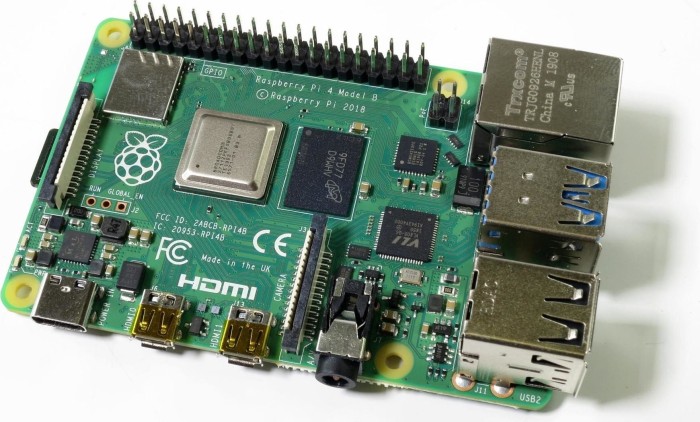The difference between tagged and untagged ports on VLANs
Demystifying VLAN Tagged Ports and Untagged Ports: Simplifying Network Segmentation
Demystifying VLAN Tagged Ports and Untagged Ports: Simplifying Network Segmentation
In modern networking, VLANs (Virtual Local Area Networks) play a vital role in segmenting networks and improving overall network efficiency. Two essential concepts within VLANs are tagged ports and untagged ports. In this article, we will explore the differences between these port types, their significance in network configurations, and how they contribute to effective network segmentation.
Example Image:
+-----------+
| VLAN 10 |
+-----------+
|
+-----------+
| VLAN 20 |
+-----------+
|
+-----------+
| VLAN 30 |
+-----------+Understanding Tagged Ports and Untagged Ports:
Tagged Ports:
Tagged ports are commonly used to interconnect networking devices such as switches or routers in a VLAN environment.
They transmit traffic with VLAN tags, allowing the receiving device to identify and process the traffic based on the VLAN tags.
Tagged ports are typically used for connections between switches or trunk links carrying multiple VLANs.
Untagged Ports:
Untagged ports, also known as access ports, are associated with a specific VLAN and do not transmit VLAN tags.
Devices connected to untagged ports are unaware of the VLAN configuration and simply receive and transmit untagged traffic within their assigned VLAN.
Untagged ports are commonly used for end-user devices like computers, printers, or servers that do not require VLAN awareness.
Configuration Examples:
Tagged Port Configuration:
Switch configuration:
interface GigabitEthernet1/0/1
switchport mode trunk
switchport trunk allowed vlan 10,20,30This configuration enables VLAN tagging on the specified port, allowing the transmission of traffic from multiple VLANs.
Untagged Port Configuration:
Switch configuration:
interface GigabitEthernet1/0/2
switchport mode access
switchport access vlan 20This configuration assigns the port to a specific VLAN and transmits traffic without VLAN tags.
Benefits of VLAN Tagged Ports and Untagged Ports:
Benefits of VLAN Tagged Ports and Untagged Ports:
Tagged ports enable efficient use of network resources by allowing multiple VLANs to traverse a single physical link.
Untagged ports provide simplicity and ease of use for end-user devices, reducing the need for VLAN awareness at the device level.
VLAN tagging and untagging allow for secure isolation and segmentation of network traffic, enhancing network performance, security, and manageability.
Conclusion
VLAN Tagged Ports and Untagged Ports are fundamental components of VLAN-based network segmentation. Tagged ports facilitate the transmission of VLAN-tagged traffic between switches, while untagged ports connect end-user devices directly to a specific VLAN. Understanding the differences and proper configuration of these port types enables efficient network segmentation, improved traffic management, and enhanced network security. Embrace the power of VLANs and leverage tagged and untagged ports to optimize your network infrastructure.
The DynDNS service of IPv64.net is free of charge and usable in all common routers and systems.
You have the choice between many different domain names.
The IPv64.net Healthchecks monitor your services, servers and endpoints. Receive notifications when your services fail.
This monitoring service is free with all features.
Registration with IPv64 is free of charge and immediately available for you.

| Raspberry Pi 4 Modell B, 8GB RAM ~ 78.90 € Show me |

| Ubiquiti UniFi 6 Pro (U6-Pro) ~ 158.45 € Show me |